How to verify US ID?
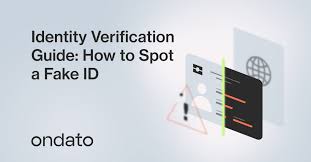
How to Verify US ID?
Verifying a US ID is crucial for businesses, government agencies, and individuals looking to authenticate someone's identity. Whether for online transactions, employment verification, or secure access, understanding how to verify US ID can help ensure compliance and prevent fraud.
What is US ID Verification?
US ID verification is the process of confirming the authenticity of various forms of identification issued by the United States government. These IDs typically include driver’s licenses, passports, social security cards, and state-issued identification cards. It ensures that the document presented is legitimate and belongs to the individual claiming it.
Why is ID Verification Important?
ID verification is essential for multiple industries, from banking to healthcare, where identity fraud can lead to significant losses. Understanding how to verify US ID correctly protects businesses from potential legal consequences and boosts security.
Methods of Verifying US ID
There are several ways to verify US ID, depending on the type of ID presented:
1. Driver's License Verification
A driver's license is one of the most common forms of identification in the U.S. To verify it:
- Check for security features such as holograms, watermarks, and microprint.
- Cross-check with the issuing state's DMV database if necessary.
2. Passport Verification
For passport verification:
- Confirm the passport number with the U.S. Department of State's verification tools.
- Inspect physical security elements like the photo page, embedded chips, and watermarks.
3. Social Security Card Verification
To verify a Social Security number (SSN), employers can use the Social Security Administration’s online SSN verification service. This method ensures the number is valid and assigned to the correct person.
4. State ID Verification
Similar to verifying a driver’s license, state IDs include security features and can be cross-checked with the state’s issuing body for authenticity.
Digital Solutions for ID Verification
In the modern digital age, more businesses are opting for digital ID verification tools. These systems use AI and machine learning to validate U.S. IDs remotely. Some popular digital verification methods include:
1. Optical Character Recognition (OCR)
OCR technology scans the ID and extracts relevant data to cross-check against official databases.
2. Biometric Verification
Biometric verification is increasingly used in conjunction with ID verification. It involves face recognition or fingerprint scanning to ensure that the person presenting the ID matches the photo or biometric data stored within the document.
3. Online ID Verification Services
Several third-party services provide US ID verification online. These companies specialize in verifying government-issued IDs, offering businesses a hassle-free solution. Some popular options include:
- ID.me
- Jumio
- Onfido
Key Considerations for Verifying US ID
When conducting ID verification, there are several key factors to consider:
- Compliance: Ensure your ID verification process complies with relevant laws such as KYC (Know Your Customer) and AML (Anti-Money Laundering) regulations.
- Accuracy: Using automated solutions can reduce human errors and improve accuracy.
- Speed: Opt for verification tools that provide real-time or near-instant results, improving the user experience.
Common Challenges in Verifying US ID
Despite advances in technology, there are still challenges in verifying US ID:
- Fake IDs: High-quality counterfeit IDs can be difficult to detect without advanced tools.
- Identity theft: Even with a legitimate ID, someone may present it fraudulently. Using biometric verification can help address this issue.
- Data Privacy: Handling sensitive information such as passport numbers or Social Security numbers requires stringent data privacy protocols to avoid breaches.
Conclusion
Understanding how to verify US ID is crucial for both businesses and individuals to prevent fraud and ensure the legitimacy of identification documents. Whether using traditional methods such as checking physical security features or leveraging modern digital tools, verifying US IDs is a vital part of maintaining security in various sectors.
For anyone asking how to verify US ID effectively, a combination of manual inspection, database cross-checking, and advanced digital tools is the best approach.
Related Keywords:
- Verify US ID
- US ID verification online
- Social Security number verification
- Driver's license verification
- Biometric verification
- KYC verification for US ID
- How to verify government ID
- Digital ID verification tools
 scannable Fake US-SSN
scannable Fake US-SSN
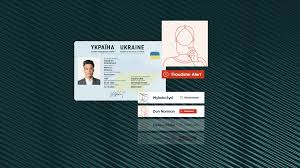 scannable Fake Califomia-Handi
scannable Fake Califomia-Handi
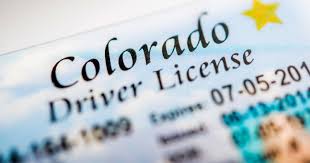 scannable Fake New York-Handic
scannable Fake New York-Handic
 scannable Fake Canada-British
scannable Fake Canada-British
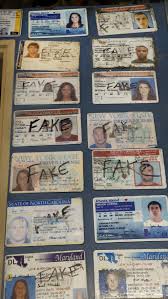 scannable Fake Canada-Ontario
scannable Fake Canada-Ontario
 scannable Fake Canada-Quebec D
scannable Fake Canada-Quebec D
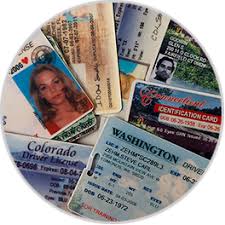 scannable Fake EmploymentAutho
scannable Fake EmploymentAutho
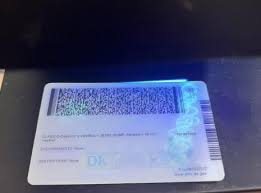 scannable Fake Texas DL
scannable Fake Texas DL
